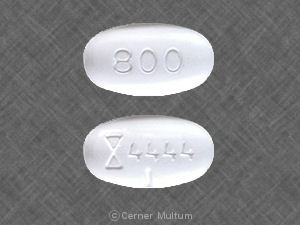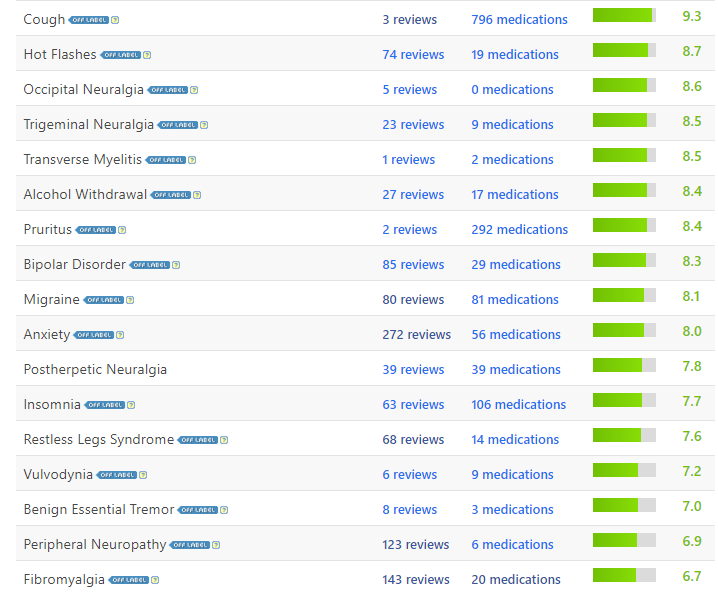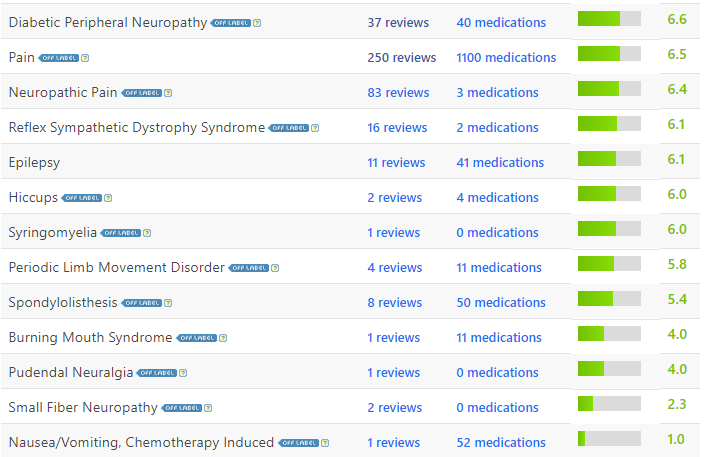What is Gabapentin ?
Gabapentin capsules, tablets, and oral solution are used along with other medications to help control certain types of seizures in people who have epilepsy. Gabapentin capsules, tablets, and oral solution are also used to relieve the pain of postherpetic neuralgia (PHN; the burning, stabbing pain or aches that may last for months or years after an attack of shingles). Gabapentin extended-release tablets (Horizant) are used to treat restless legs syndrome (RLS; a condition that causes discomfort in the legs and a strong urge to move the legs, especially at night and when sitting or lying down). Gabapentin is in a class of medications called anticonvulsants. Gabapentin treats seizures by decreasing abnormal excitement in the brain. Gabapentin relieves the pain of PHN by changing the way the body senses pain. It is not known exactly how gabapentin works to treat restless legs syndrome.
Gabapentin belongs to a class of drugs known as anticonvulsants, used to help control seizures in the treatment of epilepsy. Neurontin will only be able to control seizures for as long as you take it. It can’t cure epilepsy. The following step after being diagnosed is to work with your doctor in choosing the best treatment options for you. Gabapentin capsules, tablets, and oral solution are used to help control certain types of seizures in people who have epilepsy.
What is Gabapentin Used for ?
Gabapentin capsules, tablets, and oral solution are also used to relieve the pain of postherpetic neuralgia (PHN; the burning, stabbing pain or aches that may last for months or years after an attack of shingles). Gabapentin extended-release tablets (Horizant) are used to treat restless legs syndrome (RLS; a condition that causes discomfort in the legs and a strong urge to move the legs, especially at night and when sitting or lying down). Gabapentin is in a class of medications called anticonvulsants.
 Gabapentin treats seizures by decreasing abnormal excitement in the brain. Gabapentin relieves the pain of PHN by changing the way the body senses pain. It is not known exactly how gabapentin works to treat restless legs syndrome.
Gabapentin treats seizures by decreasing abnormal excitement in the brain. Gabapentin relieves the pain of PHN by changing the way the body senses pain. It is not known exactly how gabapentin works to treat restless legs syndrome.
Gabapentin is also sometimes used to relieve the pain of diabetic neuropathy (numbness or tingling due to nerve damage in people who have diabetes), and to treat and prevent hot flashes (sudden strong feelings of heat and sweating) in women who are being treated for breast cancer or who have experienced menopause (”change of life”, the end of monthly menstrual periods). Talk to your doctor about the risks of using this medication for your condition.
Pregabalin (Lyrica), a drug similar to gabapentin, was the first medication approved by the Food and Drug Administration (FDA) to treat fibromyalgia. While gabapentin hasn’t been approved by the FDA for the treatment of fibromyalgia, some doctors may prescribe it off-label for such use.
Gabapentin and pregabalin were originally approved to treat certain types of epilepsy and nerve pain. Both drugs work by limiting the release of pain-communicating chemicals by nerve cells in the brain and spinal cord. The most common side effects of both drugs are dizziness and drowsiness.
It is also used to control pain associated with shingles and has been evaluated for pain conditions, including migraine, as its pain-modulating properties may regulate the perception of pain.
Anticonvulsant drugs, such as gabapentin, are becoming increasingly popular for migraine prevention.
Gabapentin for Depression, Mania and Anxiety
Right now, Gabapentin is approved in the United States to treat seizures. There are not a lot of comprehensive studies that look at Gabapentin as a way to treat anxiety, mood disorders or tardive dyskinesia. Even though there are studies in the works, what experts know about Gabapentin for the purpose of controlling anxiety and mood disorders and tardive dyskinesia mostly comes from faulty case reports. There have been double-blind studies done, but they have not proved that Gabapentin works as a mood stabilizer.
Many experts don’t recommend the use of Gabapentin for mood disorders. There is more data from people who have hard-to-treat bipolar disorder than unipolar depression, although some people with unipolar disorder have gotten good results from Gabapentin. In time, it can be proven that Gabapentin can be used to treat a variety of mood disorders.
What is Off Label Usage of Gabapentin ?
Anticonvulsant drugs, such as gabapentin, are becoming increasingly popular for migraine prevention.
Efficacy of gabapentin in migraine prophylaxis research on a history of migraine episodes for a mean of about 21 years shows that Gabapentin is an effective prophylactic agent for patients with migraine. In addition, gabapentin appears generally well tolerated with mild to moderate somnolence and dizziness.
Gabapentin is generally well tolerated. The main side effects are dizziness and drowsiness. Occasionally there maybe some fluid retention, unsteadiness or G.I upset, mainly diarrhea.
The effective dose of gabapentin varies greatly. Some persons need only 200-300 mg a day whereas others may need 3000 mg or more a day. It may take several weeks to become effective, so it is important to stay on it for an adequate length of time.
Gabapentin has a lot of off-label usage. It is widely used nerve related diseases. Most of them are reviewed by patients and reviewed high.
General speaking, Gabapentin can be off label used to treat Cough, Hot Flashes, Occipital Neuralgia, Trigeminal Neuralgia, Transverse Myelitis,
Alcohol Withdrawal, Pruritus, Bipolar Disorder, Migraine, Anxiety, Postherpetic Neuralgia, Insomnia, Restless Legs Syndrome, Vulvodynia, Benign Essential Tremor, Peripheral Neuropathy, Fibromyalgia, Diabetic Peripheral Neuropathy, Pain, Neuropathic Pain, Reflex Sympathetic Dystrophy Syndrome, Epilepsy, Hiccups, Syringomyelia, Periodic Limb Movement Disorder, Spondylolisthesis, Burning Mouth Syndrome, Pudendal Neuralgia, Small Fiber Neuropathy, Nausea/Vomiting, Chemotherapy Induced.

